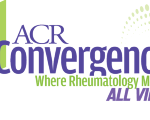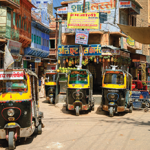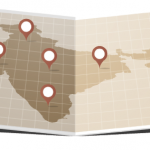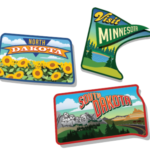Long Day’s Journey
I wanted to see the world and felt that I would get the best possible training if I came abroad,” says Niveditha Mohan, MD, of her decision to leave Chennai, India—where she earned her medical degree at the University of Madras—and travel halfway around the world to complete a residency at the Brooklyn Hospital Center in New York City. She was in search of a more rounded perspective of the world and exposure to more aspects of training, such as research and clinical trials. However, sometimes the best medical training comes not in high-tech urban hospitals but in underserved communities where care has to accommodate small-town life and a shortage of services. For Dr. Mohan, working in an underserved South Dakota community offered lessons she didn’t learn in the classroom.
“It’s nice being in an academic setting because you have the luxury of bouncing ideas off other colleagues and can refer complicated patients for a second opinion,” says Dr. Mohan. “But my experience in Sioux Falls gave me the confidence to deliver care in a real-world setting.”
East Coast Adventure
“Moving from India to New York was like an adventure that you have always dreamed about coming true. … [New York] was big, bold, brash, beautiful and exciting, especially since I had never been to the U.S. before and the first place I landed in was NYC. … Yet in some ways New York was also easy to get used to because it was so diverse, and anyone could live in New York and not feel out of place.”
She lived on the East Coast for the next 10 years, accepting a fellowship and then a faculty position at Georgetown University Medical Center in Washington, D.C., after finishing at Brooklyn Hospital Center.
In 2003 she relocated to Sioux Falls, S.D., because her husband, a hematologist-oncologist who is also from India, was able to get his visa requirements waived by working in a underserved area. Dr. Mohan was one of four practicing rheumatologists in a city of about 120,000 people. In addition to treating local residents, she cared for patients from surrounding towns and rural areas, including several from underserved Native American reservations.
Midwest Move
“Everything seemed different,” she says, “starting from the topography of the place, the weather, the people, pace of life, traffic, attitudes. … It made me realize how insular large parts of this country are, and it gave me a better understanding of some of the dichotomies that have puzzled me about American politics and policies.”



